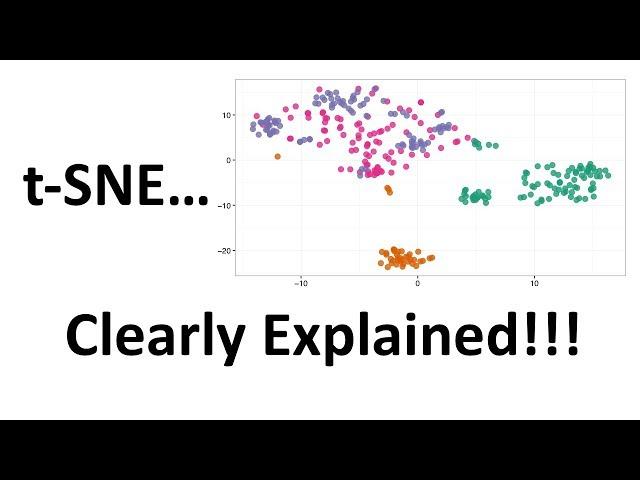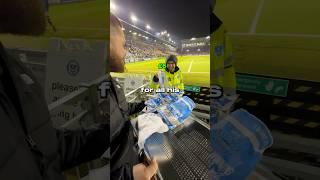
StatQuest: t-SNE, Clearly Explained
Комментарии:
StatQuest: t-SNE, Clearly Explained
StatQuest with Josh Starmer
I Fed Everyone At A Football Match
John Nellis
"GEORGIA ON MY MIND" - Mari Kerber & Ale Ravanello
Agenda Lírica
За максимальную комплектацию просят 31.000$, как думаете стоит того?
Procars - экспорт автомобилей из Китая
Rain Rain Go Away #shorts #littletreehouse #babymagic #cartoonvideos #kidssong #videosforbabies
Little Treehouse Nursery Rhymes Shorts
Boxing Training 13 May 2025
Samson Boxing
А СЧАСТЬЕ РЯДОМ ВСЕ СЕРИИ ПОДРЯД
Кино и многое другое
Тримайте порядок в галереї!
Ярослав Сохань
Как жизнь авторская песня Сергей Стасевич
Сергей Стасевич


























